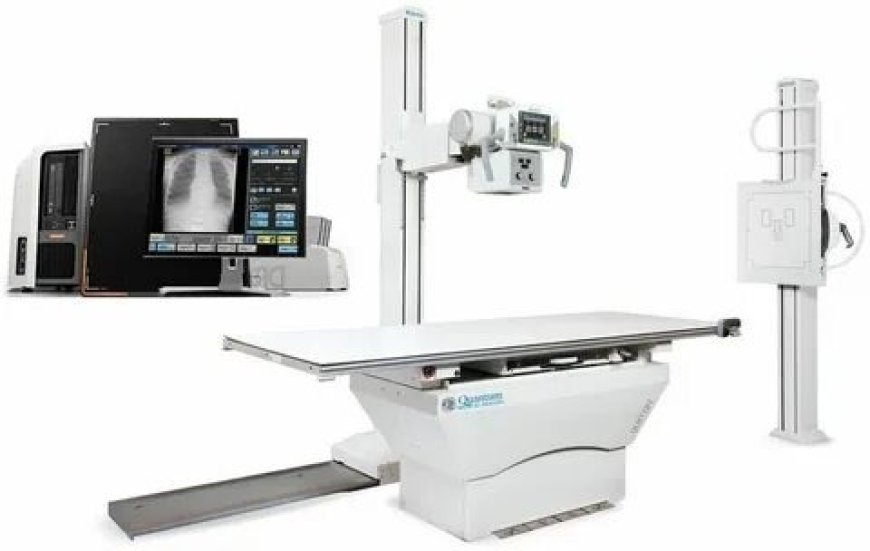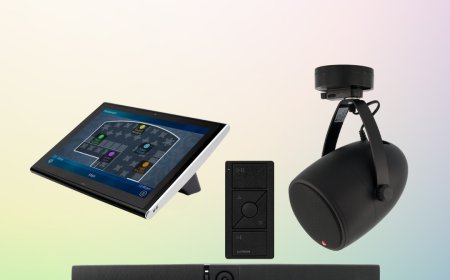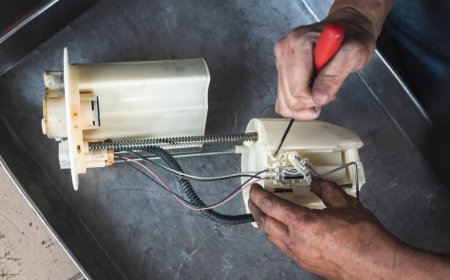How to Use X Ray Positioning Aids Effectively

X ray positioning aids play a vital role in improving image quality and patient safety during radiographic procedures. These tools help radiologic technologists capture precise images while reducing repeat exposure. Understanding how to use these aids properly is essential for effective diagnostics and professional standards in medical imaging.
Understanding the Role of X Ray Positioning Aids
X ray positioning aids are tools that support patients or equipment during an x-ray procedure. They keep the body in a fixed position, maintain alignment, and help achieve consistent angles. These aids include foam blocks, sandbags, sponges, straps, and immobilization devices.
When used correctly, these aids ensure accurate anatomical positioning, which is necessary for clear diagnostic images. They also reduce motion blur and exposure errors, leading to better results and improved patient care.
Why Proper Use of X Ray Positioning Aids Matters
Using x ray positioning aids correctly benefits both the patient and the technician. Below are the key advantages:
-
Improved image accuracy: Proper positioning helps get a focused and clear image.
-
Reduced retakes: Correct use decreases the chances of repeat exams.
-
Better patient comfort: Positioning aids help patients stay steady without discomfort.
-
Lower radiation exposure: Fewer retakes mean less radiation for the patient and staff.
These tools are especially important for children, elderly patients, and individuals with limited mobility.
Types of Common X Ray Positioning Aids
Different types of positioning aids are used based on the body part and exam type. Some of the commonly used aids include:
Foam Blocks and Sponges
These soft yet firm supports come in various shapes. They help stabilize limbs or align the spine. Radiologic technologists use these to create ideal angles or support awkward body parts.
Sandbags
Sandbags are used to provide weight and prevent movement. They are effective for holding down shoulders, arms, or legs during chest or limb imaging.
Straps and Velcro Belts
These help keep the body part still without causing discomfort. Straps are commonly used in trauma cases when patients cant stay in position on their own.
Immobilization Devices
Special tools such as pediatric cradles, head blocks, and restraints are designed for patients who are unable to cooperate, such as children or those under sedation.
Tabletop Positioners
These tools are designed for exams done on flat tables, such as extremity x-rays. They help hold the patients body in a flat and stable position.
Step-by-Step Guide to Using X Ray Positioning Aids Effectively
To use these aids effectively, professionals should follow a structured approach for each imaging session.
Assess the Patients Condition
Before selecting any aid, assess the patient's physical condition, age, mobility, and comfort level. Some patients may require extra care, especially if they have fractures or limited movement.
Choose the Right Aid for the Procedure
Every imaging procedure requires a different aid. For example, cervical spine x-rays may need a lateral sponge to elevate the head, while an abdominal exam might require a flat support to keep the back aligned.
Explain the Process to the Patient
Clear communication helps reduce anxiety and improves cooperation. Explain how the aid will help, and assure the patient that it wont hurt or cause discomfort.
Secure the Position Without Forcing Movement
Positioning aids should support the body, not force it. Avoid pressing or over-stretching the patient into a position. Always ensure comfort and safety.
Double-Check Alignment Before Exposure
Before taking the image, confirm that the body part is properly aligned with the x-ray beam and image receptor. Use positioning markers to assist in consistency.
Monitor for Movement
Keep observing the patient during the process. Children or patients in pain may move unintentionally. Use appropriate immobilization tools when needed.
Tips for Using X Ray Positioning Aids in Pediatric Imaging
Children need special attention during x-ray exams. Their inability to stay still can result in blurred images. Heres how to manage this:
-
Use pediatric immobilization devices like papoose boards.
-
Keep the session short and prepare everything in advance.
-
Involve parents or caregivers for added support.
-
Use distraction techniques such as toys or visuals.
Proper use of x ray positioning aids in pediatric cases can lead to quicker exams and higher-quality results.
How to Maintain and Clean X Ray Positioning Aids
These aids must be cleaned regularly to ensure hygiene and durability. Follow these tips:
-
Clean after each use with hospital-grade disinfectants.
-
Check for damage such as tears or loose straps.
-
Store aids in a dry, cool place to prevent material breakdown.
-
Replace worn-out aids to maintain performance and patient safety.
Hospitals should follow infection control guidelines for all medical accessories, including positioning aids.
Common Mistakes to Avoid During X Ray Positioning
Radiologic technologists should be aware of these common mistakes:
-
Using the wrong aid for the procedure
-
Not explaining the process to the patient
-
Ignoring the patients comfort and pain levels
-
Over-relying on aids without proper manual adjustment
-
Forgetting to check alignment with the image receptor
Avoiding these mistakes can save time and improve the quality of patient care.
How X Ray Positioning Aids Improve Radiologic Workflow
Efficiency in radiology depends on fast, clear, and accurate imaging. X ray positioning aids play a direct role in this:
-
They reduce time spent on repositioning.
-
They minimize technical errors and retakes.
-
They support consistent imaging across different technicians.
-
They make it easier to handle difficult cases, such as trauma or uncooperative patients.
Hospitals and clinics that use these aids properly experience smoother operations and better diagnostic outcomes.
Training and Best Practices for Technologists
To ensure consistent and safe use of x ray positioning aids, technologists must be trained in:
-
Patient handling techniques
-
Proper positioning for various body parts
-
Choosing the correct aid for each case
-
Cleaning and storing tools
-
Radiation safety and exposure reduction
Refresher courses and workshops help keep radiology staff updated with the latest techniques and tools.
Choosing High-Quality X Ray Positioning Aids
Not all aids are made the same. When buying or selecting positioning tools, check for:
-
Durable and washable materials
-
Clear labels and shapes
-
Soft and patient-friendly texture
-
Compatibility with imaging equipment
-
Vendor support and replacement options
Using high-quality tools ensures better results and lasts longer with regular use.
Final Thoughts on Mastering X Ray Positioning Aids
Using x ray positioning aids effectively takes both knowledge and practice. These tools are essential for patient care, image accuracy, and efficient workflow in medical imaging. Technologists who use them correctly help reduce radiation exposure, improve diagnosis, and ensure better patient comfort. By focusing on patient needs and proper techniques, every x-ray session can deliver reliable and high-quality results.



































